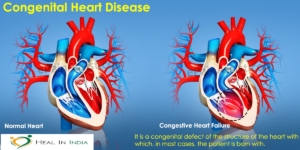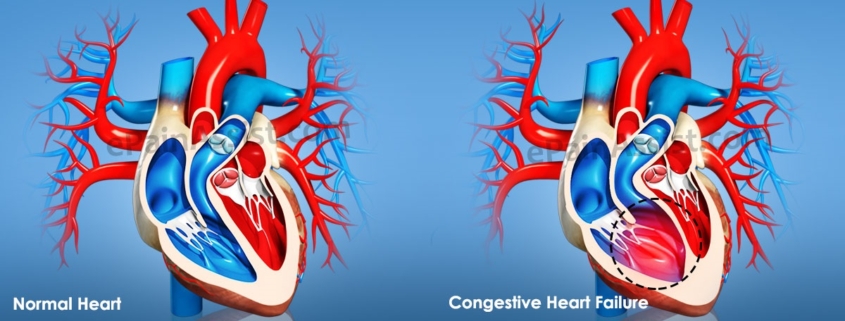Advance care for ‘birth-defect’ of heart

What is termed a congenital heart disease (CHD)?
It is a birth defect where a child is born with structural defects in the heart. The majority are simple defects like a small hole in the heart and can be closed by interventional device closure or surgery. Some may not need any active treatment. More complex issues like large holes and narrowing of valves may require major surgical intervention.
How will you know that your child has CHD?
The babies with congenital heart defects may show symptoms during early months of life. These include breathing and feeding difficulty, blue lips, tongue or fingernails and poor weight gain. Signs of the simple defects may show up much later in life, sometimes after attain adulthood. Major defects can be detected during pregnancy through foetal echocardiogram.
What causes CHD?
Though definite causes are not known, some factors like certain genetic abnormalities and environmental factors have been linked to the condition. The mother’s diet and health condition (like diabetes and obesity), medications that she takes and smoking/drinking habits may have links too.
How is the condition treated?
Treatment depends on the severity of the condition. Some children need surgery to repair the defect, while in others cardiac catheterization and transcatheter interventional(non-surgical procedure) are helpful. some heart defects cannot be fully repaired but treatment can help on improving blood flow to the heart. Some patients with complex congenital defects needs palliative treatment and would require to be monitored long term.



